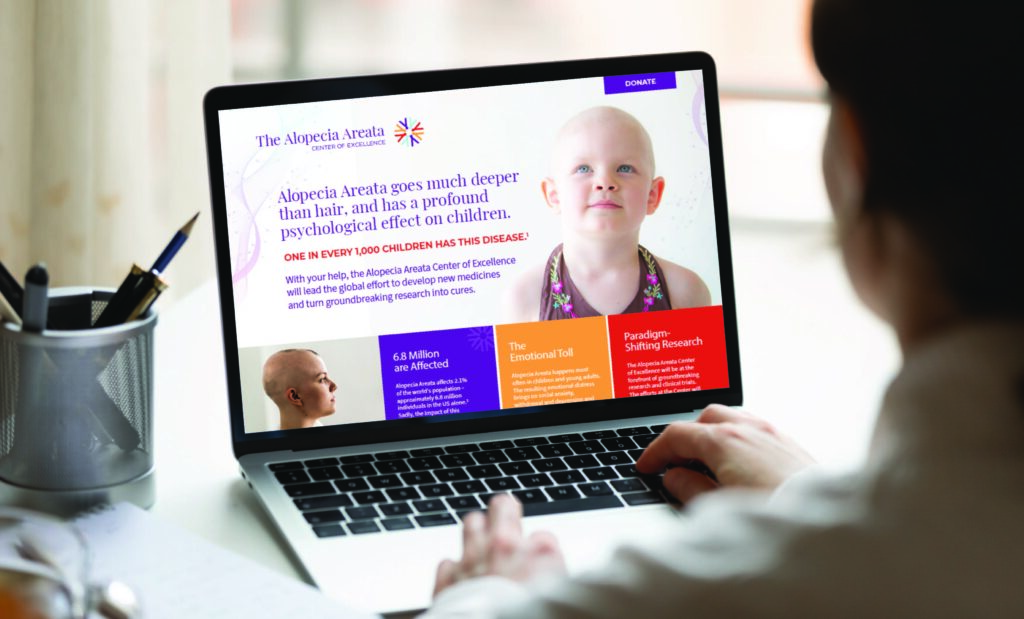
The pandemic has forever changed the way consumers view brands in the healthcare industry. See how you can come out on top with today’s design and branding trends.
Key Takeaways
- Personalization of healthcare has shifted the focus from the market as a whole to individual consumers
- Medical consumers are now taking control of their health and seeking health solutions on their terms
- The pandemic put a focus on telehealth, and it’s become a mainstay of healthcare since then
- Marketers should adjust to these new opportunities and meet their customers on their terms
Other industries have already adopted customer-centric service that keeps consumers highly informed and controls the buyer’s journey.
This practice is still new to the healthcare industry, but the pandemic changed things significantly. The demands it placed on modern healthcare systems were unparalleled, leaving the industry with no choice but to develop innovative solutions.
Consumers found themselves in a situation with increased medical issues and tons of free time to research their symptoms and treatment. The results? A new breed of empowered medical consumers who take the driver’s seat in matters concerning their health.
Consumerization of medicine and a patient-centric approach are the new drivers of success in modern healthcare. For marketers and providers looking to remain competitive, your patients are your priority.
Healthcare marketing has been revolutionized in recent years, too. Marketers must stay up to date on these trends if they are to outperform their competitors.
Four healthcare marketing trends to watch in 2022
1. Telehealth is here to stay
Telehealth is no longer just a pandemic service but a permanent solution. It was a viable alternative at the height of the pandemic, and although its utilization has decreased since the peak in 2020, consumers are still choosing providers who offer them the convenience of their services.
Both providers and consumers have improved their attitudes toward telehealth. Today, the use of telehealth has increased 38X since pre-Covid, according to McKinsey. Its convenience and cost-savings advantages are some of the benefits that have nearly 90% of consumers wanting to continue with telehealth for non-urgent consultations.
2. Consumerization: The patient is the ultimate consumer
Empowered consumers are influencing patient expectations, taking control of their health and seeking health solutions on their own terms. This new trend has shifted the focus from the market as a whole to the individual consumer.
Healthcare providers need to adapt to the consumerization of healthcare by staying updated on consumer expectations and implementing new technologies to enhance the patient experience, such as:
- Improving their site’s ease of use and navigation
- Optimizing their websites to appear in local searches for people looking for “near me” services
- Delivering digital patient experiences, such as virtual healthcare and access to electronic health records
- Using patient engagement solutions such as chatbots, social media, video chats, etc.
Consumers are now more empowered than ever. Healthcare providers should consider marketing efforts that add value to the patient experience.
3. Personalization: The new gold standard in healthcare marketing
The demand for patient-centric, personalized care is on the rise. A full 72% of patients now want individualized care, including a treatment plan tailored to their individual needs.
You can increase personalization by creating patient portals. Once a patient logs in, you can personalize the experience even more by offering them access to their health records and physicians, recommending services and sharing content about their conditions or treatment plans.
Send text messages reminding them of their appointment, medication instructions and post-discharge follow-up for out-of-the-portal communication.
4. Evolved, consumer-centric SEO
Most healthcare organizations have clunky, generic, hard-to-navigate websites with purely informational content. Providers already know their websites are their digital faces. What they should focus on is providing engaging content with consumer-centric search engine optimization (SEO).
Optimize your local SEO for local consumers and align your content and landing pages with the consumers’ intent.
It’s time to level up to consumer-centered healthcare
Consumer trends are changing with time and the healthcare industry is no different. Healthcare marketers and providers must adjust to the market and meet consumers on their own terms. Those who accept that consumers are now more engaged and adapt to these new opportunities will grow their brands and reach more potential consumers.
Consumerization is at the center of healthcare marketing trends this year. The question is, are you ready? If not, consider enlisting the services of a healthcare-centric digital marketing agency.
325 offers the latest innovative solutions in healthcare marketing. We will unlock the power of your brand by implementing a comprehensive brand strategy, designing and developing a user-friendly website and implementing other marketing and creative solutions tailored to your business and customers. 325 will elevate your brand’s future.
Get a free brand audit to see how we can help grow your healthcare brand today.
